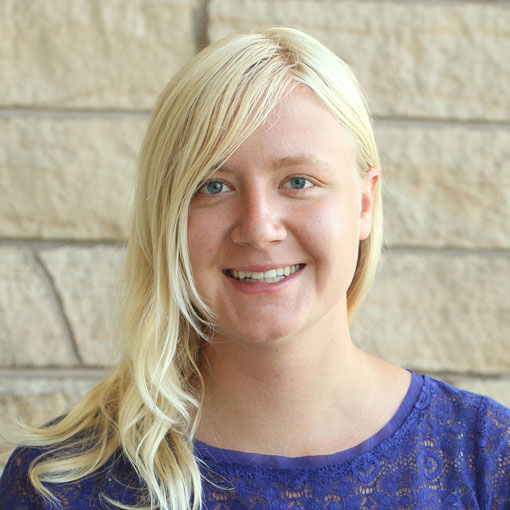Catch the Sun
How Fusion Energy Can Benefit our Societies
Marta Millar, New York

On a cool November night in 2019, University of Freiburg alumni, stakeholders, and scientists from the New York area gathered in the German Consulate General New York to discuss how the energy that powers the stars could one day power our everyday lives. “Catch the Sun: How Fusion Energy Can Benefit our Societies” brought together an exemplary panel to address the topic of fusion energy from a transatlantic perspective.
Professor Thomas Hanemann of the University of Freiburg delivered the keynote address on the role that additive technology can play in the development of fusion energy technology. Additive manufacturing “is the process of creating an object by building it one layer at a time” from a design typically created on a computer. 3D printing is the most commonly known method of additive manufacturing. Previously, design prototypes for parts were created from polymers which are too weak to be used in fusion technology.
During the first decade of the 2000s, however, advancements were made in rapid manufacturing due to a drop in prices and the availability of new materials. Hanemann refers to these years as the phase of “stormy development.” Technological advancements now mean that metals – not just polymers – can be used in additive manufacturing. In the labs of the University of Freiburg and Karlsruhe Institute of Technology, Hanemann and his fellow researchers have utilized electron beam melting to manufacture parts of tungsten and, more recently, titanium. This process could be critical to the development of fusion energy technology because it would allow for the creation of small parts from metals that remain stable at high temperature.
After the keynote address by Thomas Hanemann, Professor Francesco Volpe – formerly of Columbia University and currently the founder of Renaissance Fusion – provided insight into why commercial fusion makes sense now: “Fusion is on the verge of a 23andme or SpaceX moment,” he said. Volpe acknowledged the developments by the ITER project – but argued since the project is more academic in nature, now is the time for industry to step in and streamline the manufacturing process. Only with the involvement of the private sector can more affordable and practical products be developed, leading to commercially viable fusion technology. In response to those who denigrate fusion energy because of the cost, Volpe’s response was two-fold. First, the majority of the high costs for fusion energy are sunk costs linked to the R&D phase. Moreover, the benefits for society, the environment, and human development far outweigh the financial costs.
A lively discussion with many prestigious panelists then followed. They included Dr. Hans-Henrich Altfeld of ITER; Dr. Joachim Knebel of KIT; Dr. Amanda Hubbard of MIT; Dr. Thomas Sunn Pedersen of the Max-Planck Institute; Dr. Allan Offenberger of the Alberta/Canada Fusion Technology Alliance; Dr. Michael E. Mauel of Columbia University; and moderation by Dr. Markus Lemmens, director of business development and marketing at KBHF GmbH located on Campus North at KIT Karlsruhe. Some highlights:
- Altfeld provided insight into the development process of the ITER project, touching on the challenges of balancing researching fundamental questions while maintaining progress on the project. He emphasized ITER as an extraordinary example of collaboration between countries. While critics tend to underline the time and cost of the project, Altfeld stressed that research and development, not efficiency, are the goals of this inter-governmental project. For example, the same parts are manufactured in multiple countries, so that multiple nations can understand the process, with the aim that upon successful completion of ITER, countries around the world will be able to replicate it a develop fusion reactors on their home turf.
- Dr. Knebel of KIT talked about the challenges of getting the public on board with fusion energy in the context of Germany and Europe. He noted that examples of technology derived from R&D for fusion technology are visible even in major cities, citing super-conductor cables installed both in Essen and the New York City areas where overhead powerlines cannot be installed. Successful application of technological developments, such as these, provide great opportunities for public outreach about the benefits of not just the end product of fusion, but also the development along the way.
- Dr. Hubbard (MIT) noted that work in the private sectors has the added benefit of allowing researchers to experiment with multiple ideas in parallel. With government funding, there is a zero-sum game for resources, so only one course of development can be followed; the private sector allows for experimentation so that development of the science and technology can happen congruently.
- Dr. Pedersen discussed the advantages of the stellarator models in his line of research in contrast to the tokamaks being developed by ITER.
- Dr. Mauel presented his perspectives on the public perception of fusion energy in the US, and argued that the largest challenge to its development is a lack of public awareness in the US.
- Dr. Offenberger spoke about the resurgence of interest in developing fusion in Canada after a low point in the early 2000s, when Canada left the ITER project.

Marta Millar
Program Manager
